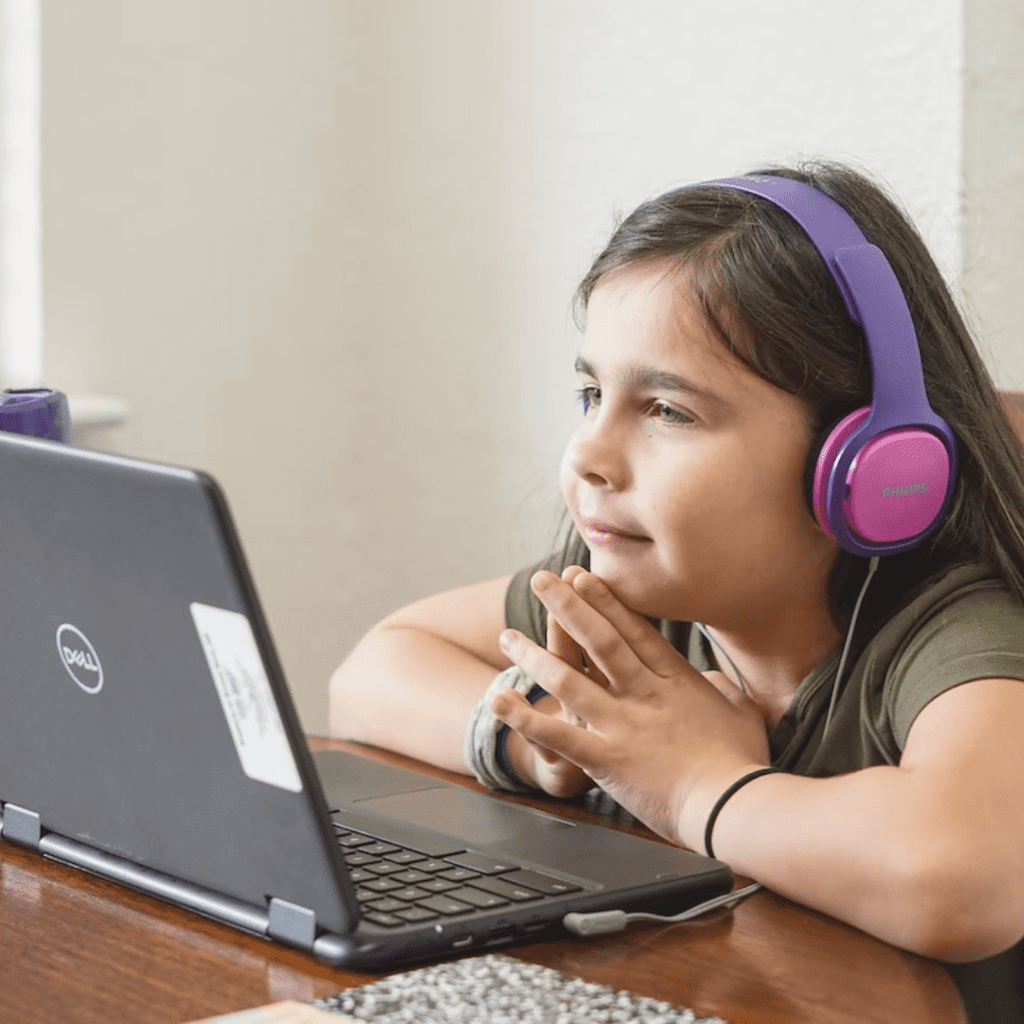It is important to introduce children to physics from a young age as it gives them an understanding of the physical forces that shape our universe. Physics can help kids understand how objects move, why things fall, and how energy works. Teaching your kids about physics helps them think logically and solve problems more effectively in other areas of life. This article provides helpful tips for teaching your kids to love physics from a young age.
Start with Simple Physics Concepts
Introducing your children to the wonders of physics from a young age can be an incredibly rewarding experience. Physics is not only fascinating and captivating, but it’s also a subject that helps to foster critical thinking and problem-solving skills. To make this learning process more accessible and enjoyable for kids, one smart tip is to start with simple physics concepts.
Begin by discussing basic physical properties like gravity or force, using everyday objects as visual aids. Doing so will help kids understand how things work in our physical world without feeling overwhelmed by the idea of studying physics. By teaching them these underlying concepts through tangible examples, you can nurture their curiosity and enthusiasm for the subject, laying down a strong foundation for future learning.
Utilize Technology
Utilizing technology to teach physics to your kids from a young age is a great way to get them interested and excited about the subject. Simplifying physics concepts of forces and motion for kids using tech-based methods can foster an appreciation for science. Technology allows us to utilize visual aids like videos, interactive simulations, and online tutorials to demonstrate forces on objects and energy transfer more effectively than ever before.
Not only does this make learning more enjoyable, but these resources also offer a wealth of information that can be used as reference material while exploring the various concepts of forces and motion. Additionally, games and activities related to forces and motion allow children to engage with the topics in a fun and entertaining way. By fostering their interest in physics from an early age with engaging activities, children will learn to appreciate the wonders of this subject. With technology providing such a powerful tool for teaching our kids, it is no wonder that utilizing tech-based methods is a smart tip for teaching your kids to love physics from a young age.
Use Toys and Games to Create Experiments
Teaching children about physics from a young age is important in helping them understand the world around them. It can also be quite challenging, as the concepts are often difficult to explain in ways that make sense to younger minds. One smart way to get kids interested and engaged with physics is by using toys and games to create experiments.
Experiments can show how physical laws work in action, making it easier for children to understand complex ideas such as acceleration, force, motion, and gravity. This hands-on approach helps kids gain a deeper understanding of physics in a fun and interactive way. Toys like toy cars or airplanes can be used to demonstrate principles such as velocity and acceleration, while playing games like catapult launching helps illustrate how forces work.
Using toys and games to create experiments can also be a great way to spark interest in physics-related topics such as engineering and robotics. By exploring the science behind how certain toys or devices move, children can gain an appreciation for the technology that makes them work. This can be a great starting point for kids who want to learn more about robotics and engineering in the future.
Make Physics a Part of Everyday Life
Physics is an important part of the world, and understanding it can help children learn to think logically and methodically. Making physics a part of everyday life is a great way to introduce your kids to this fascinating subject from a young age, inspiring them to discover more about how the physical world works. You don’t have to do elaborate experiments for your kids to understand physics – simply point out everyday activities that involve physical forces, such as throwing a ball, balancing on a seesaw, or spinning around in circles. Talk about why these things happen and help them draw connections between their own experiences and the larger physical world.
By giving your child opportunities to explore the concepts of motion, force, energy, matter, and other topics through play-based activities, you are helping them develop problem-solving skills and gain a better understanding of the physical world. This kind of hands-on learning helps kids make connections between scientific principles and their day-to-day lives. It also allows them to use their creativity and imagination as they experiment with different ideas.
Put Physics into Practice
Let your kids practice the basics of physics by constructing simple machines using household items like paperclips, rubber bands, and straws. They can then experiment with how these machines work when they alter the components or change the size or shape of the machine itself. This is a great way for kids to see the practical applications of physics in the world around them.
It is important to introduce children to physics from a young age as it gives them an understanding of the physical forces shaping our universe. Following these tips can help your kids develop a love for the subject and foster their curiosity about the world around them. With the right guidance, your kids can become passionate about physics and apply its concepts in other areas of life.


